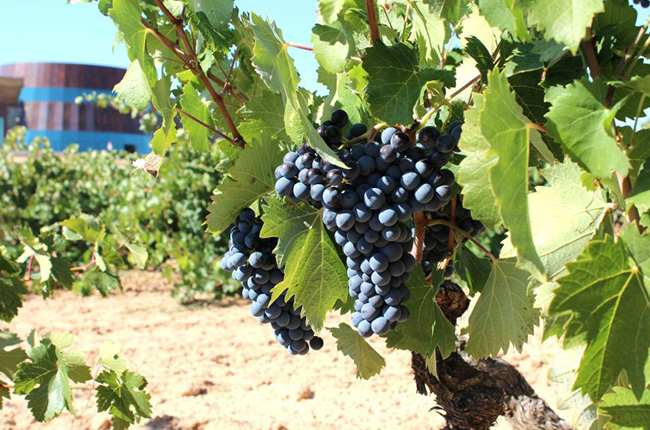Perfectly suited to the climate and growing conditions of Spain’s high plateau, the Monastrell grape is revered by Jumilla’s winemakers – and a new generation is pioneering the evolution of expressive modern styles
A few decades ago, Spain was an easy country for wine geeks to study. Two regions, Sherry and Rioja, whose wines had clearly defined taste profiles, one dominant red grape variety, Tempranillo, and a sea of cheap stuff.
There were some emerging regions, built upon Tempranillo, eventually Garnacha, but Spain’s future used to depend on the adoption of modern viticulture and French varieties. Nowadays, Spain is much more complicated.

First, there is not a clear definition of Rioja or Sherry.
Both are in a process of diversification and re-creation, resulting in dozens of different styles, often with amazing quality.
Then, the emerging red wine regions of the past, such as Toro, Ribera del Duero or Priorat, are now classic wine countries, and a high number of new fine wine regions appeared: Bierzo, Alicante, Utiel-Requena, Penedès, Gredos, Jumilla, Aragón, Canary and Balearic Islands, Arribes, Galicia, Empordà.
Sign up to our Newsletter to receive news about Jumilla’s campaign in the US

Copyright 2021 © All rights Reserved. Design by Desembarco Llc